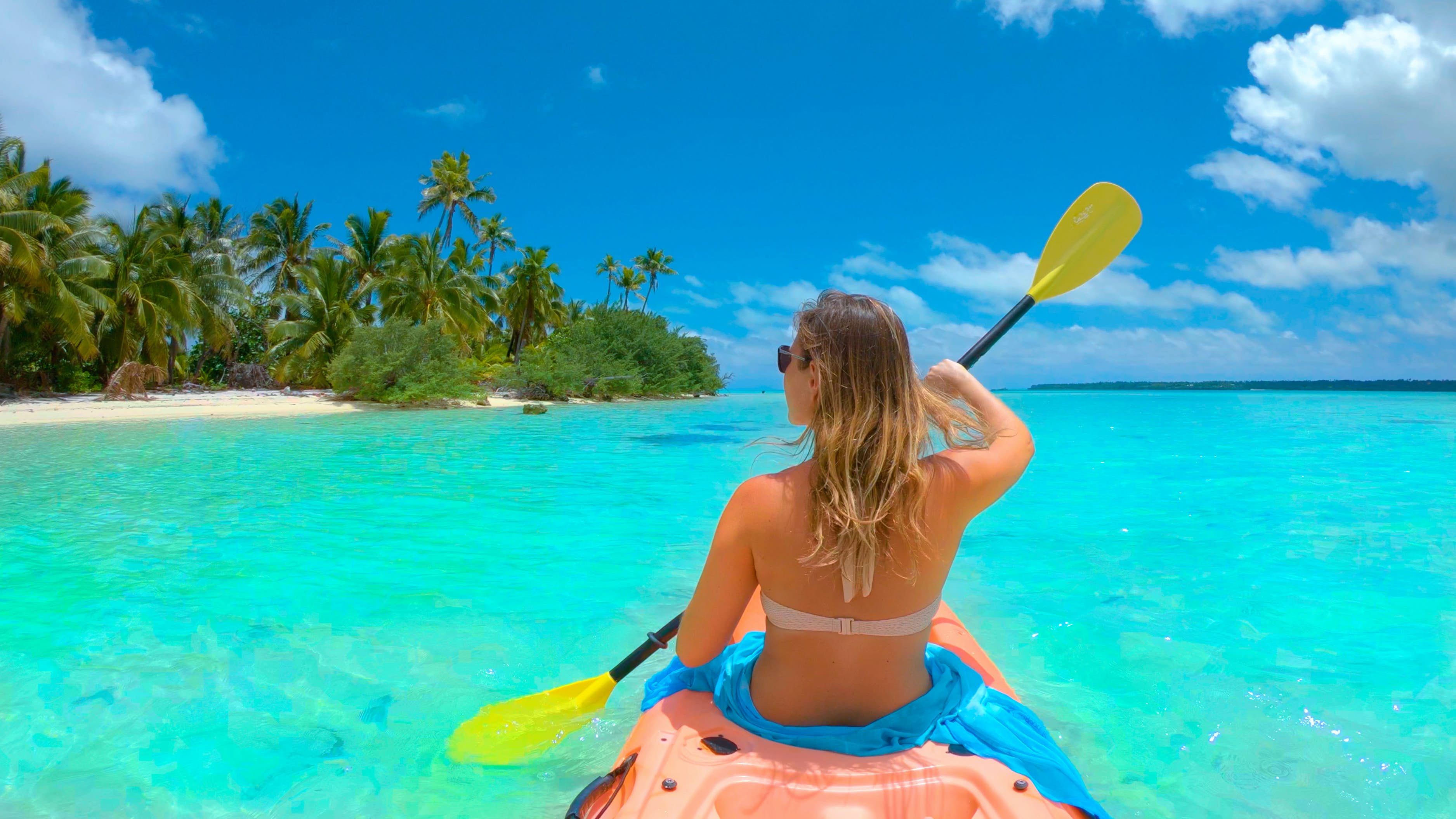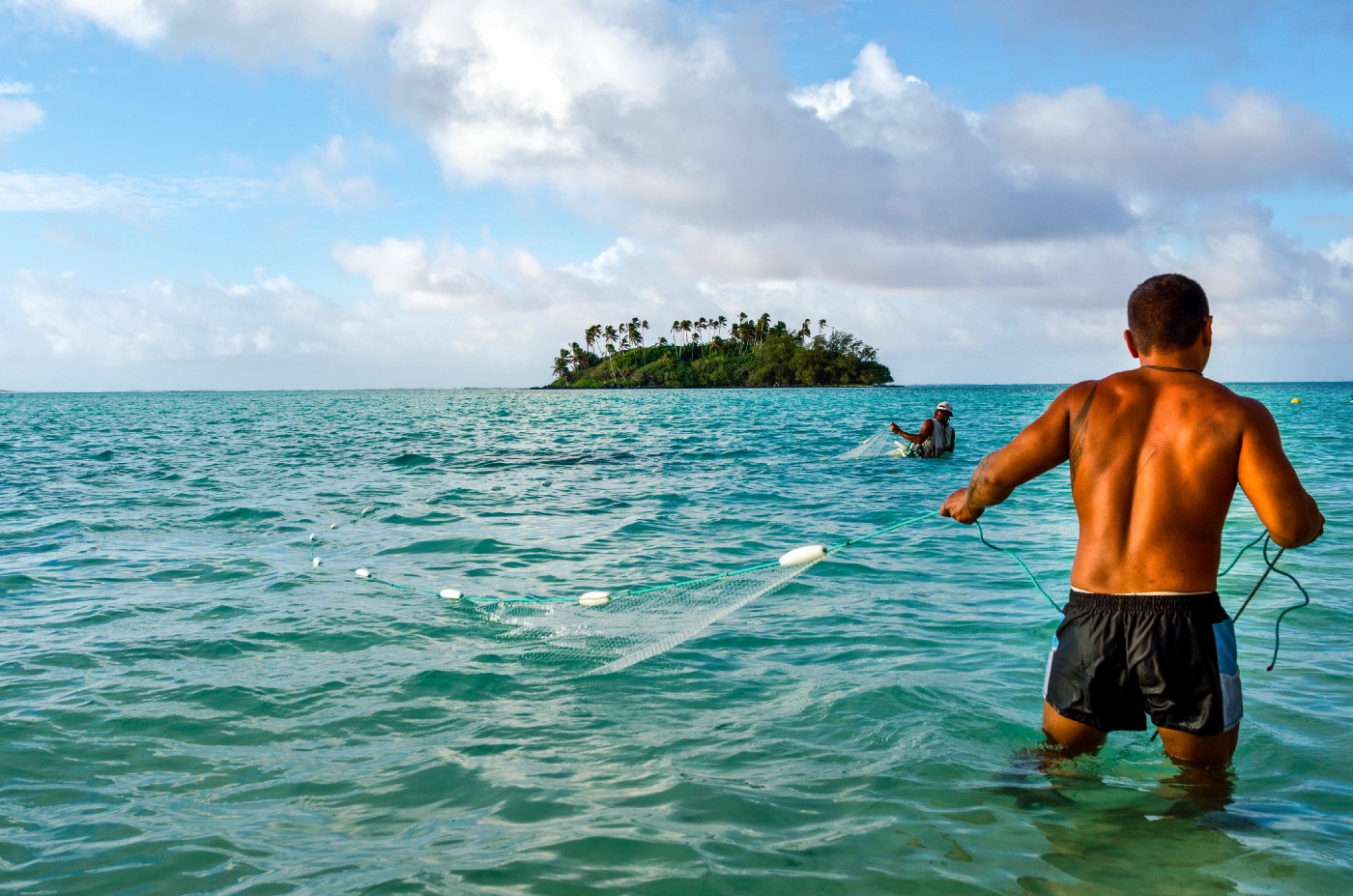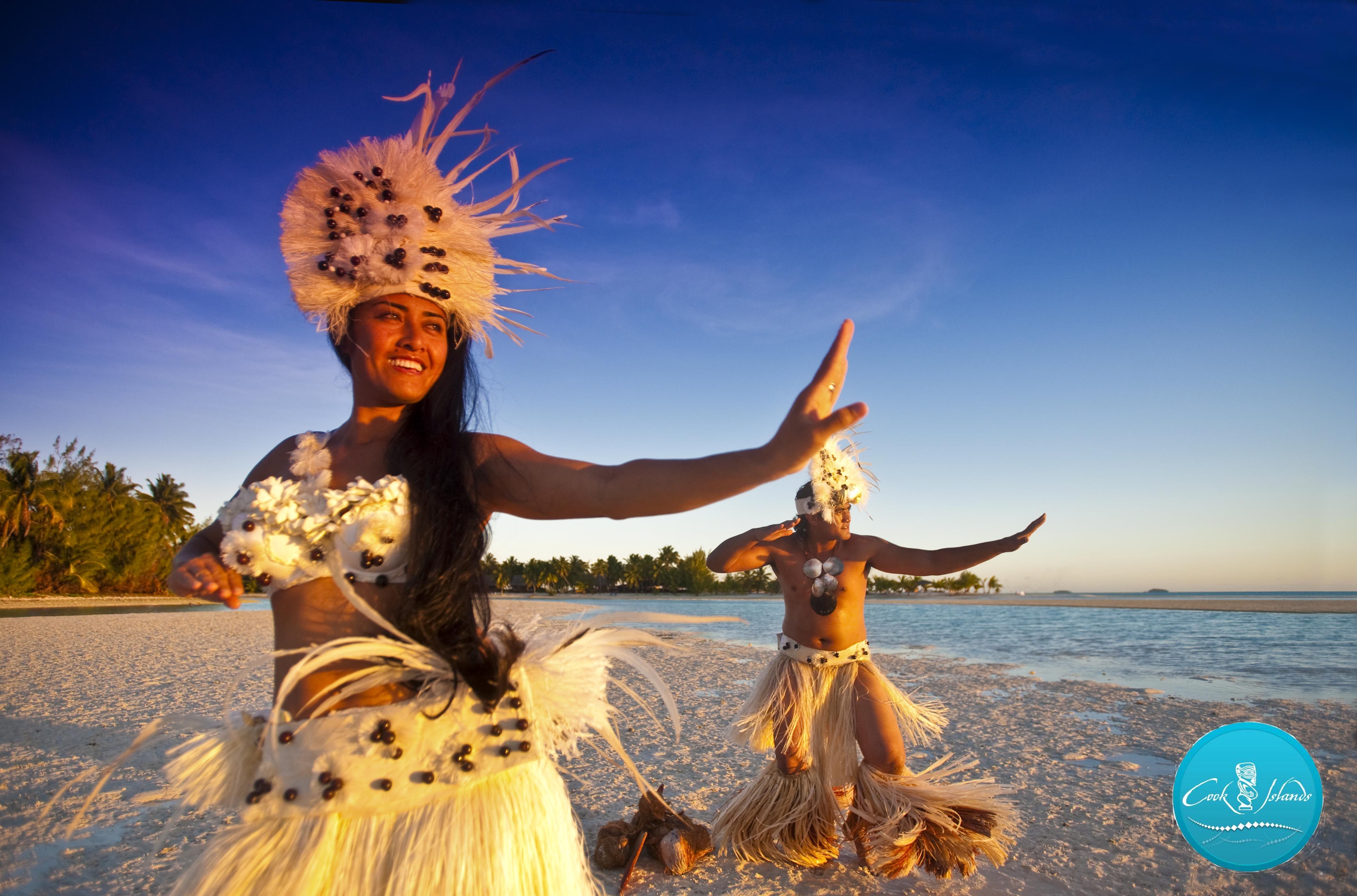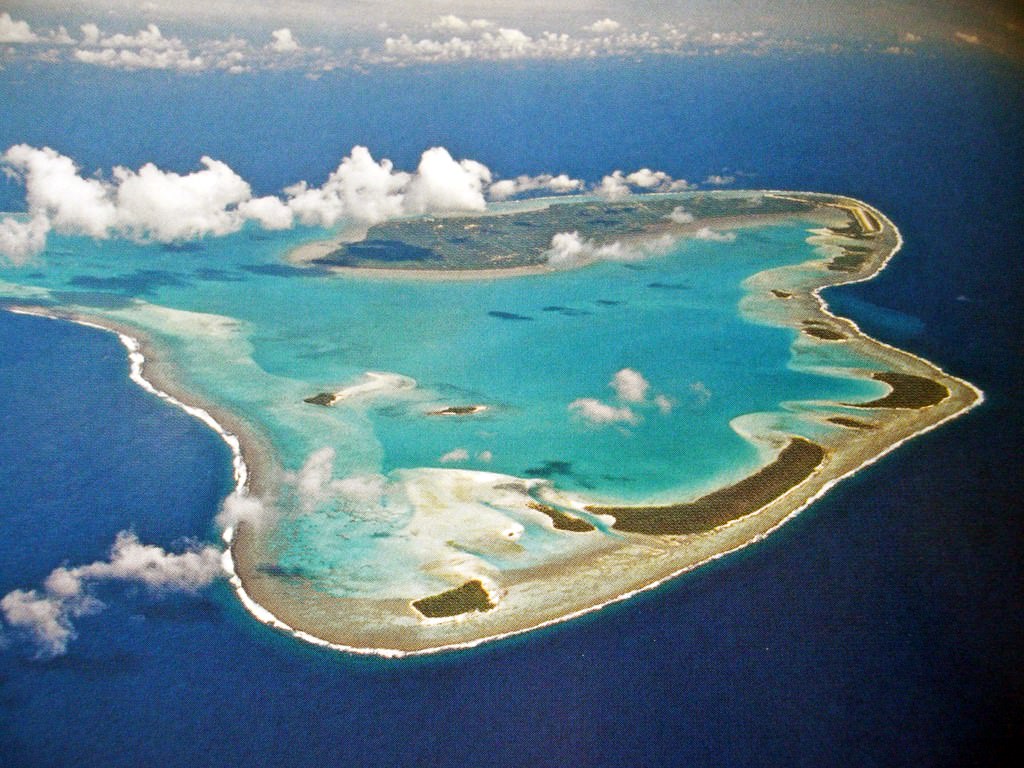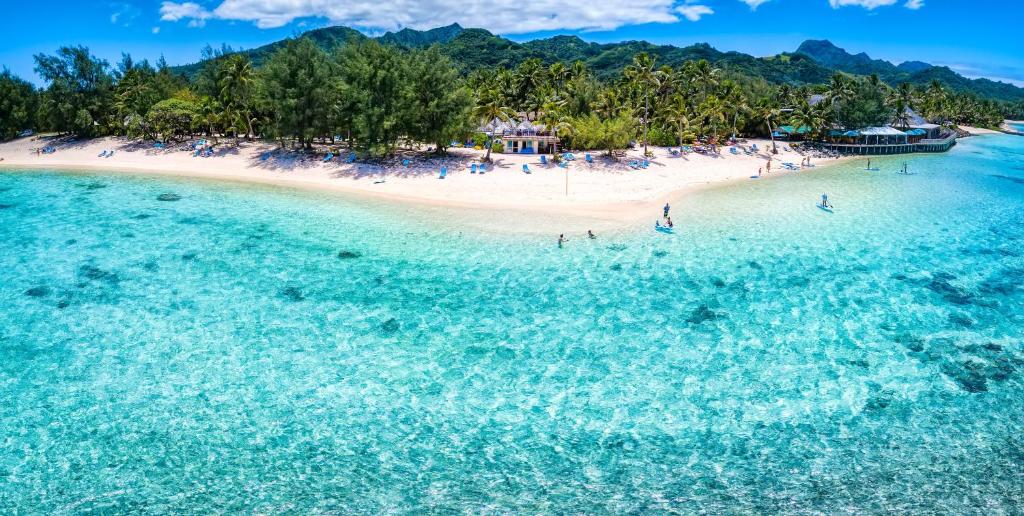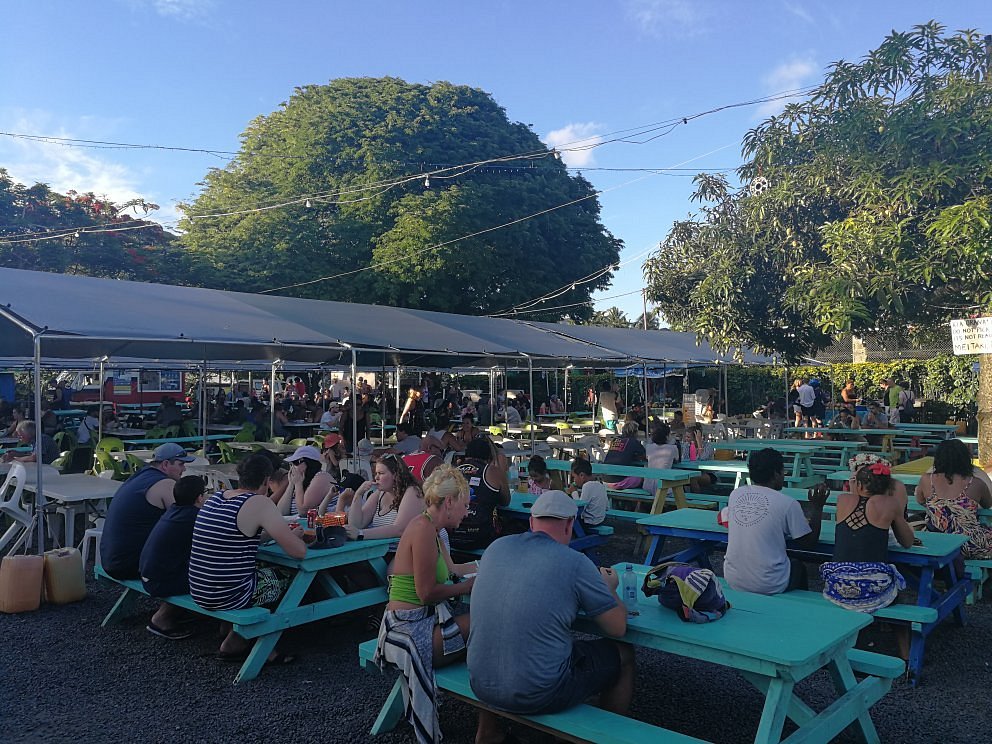Cook Islands - Get To Know These Paradise Islands In The Pacific
The Cook Islands are well-known for their turquoise waters and white sand beaches. The country has a tropical climate, with summer temperatures reaching 29 degrees Celsius and winter temperatures reaching 26 degrees Celsius. It is home to a rich diversity of wildlife, including birds, fish, turtles, and sharks found off the coastlines.
Author:Sophia HarperReviewer:Liam JonesMay 31, 202249.5K Shares707.6K Views
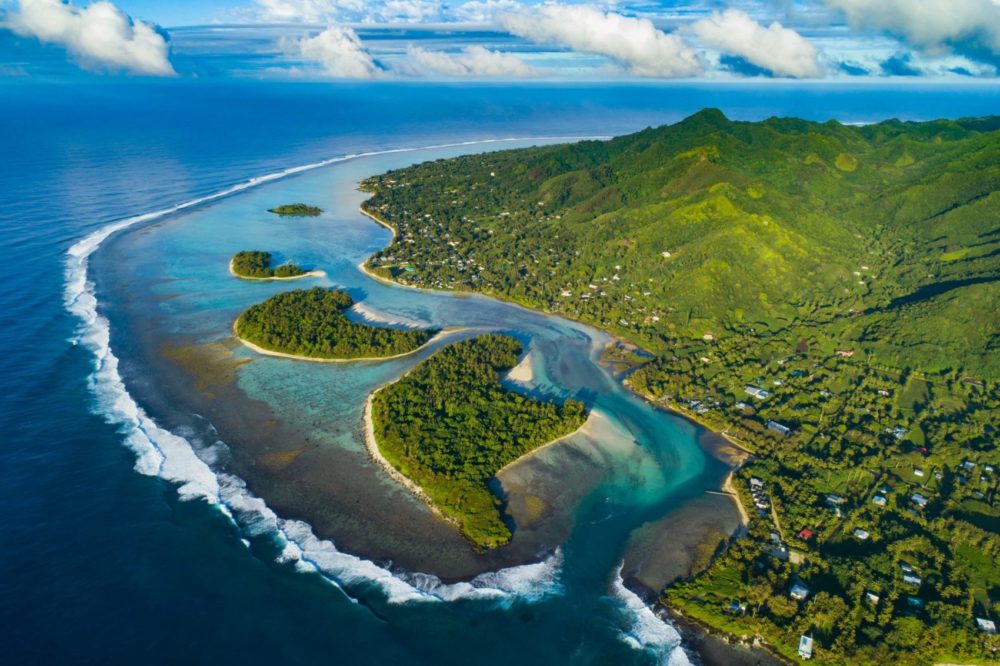
The country has a tropical climate, with summer temperatures reaching 29 degrees Celsius and winter temperatures reaching 26 degrees Celsius. It is home to a rich diversity of wildlife, including birds, fish, turtles, and sharks found off the coastlines.
The Cook Islands
The Cook Islands are a self-governing island nation in free association with New Zealand in the South Pacific Ocean.
Its 15 small atolls and islands have a combined land area equivalent to that of a medium-sized city, yet they are dispersed across around 770,000 square miles (2,000,000 square kilometers) of sea—an area roughly the size of Greenland.
Niue, the westernmost of the islands, has its own administrative state. Avarua, on the island of Rarotonga, serves as the administrative center. 91.4 square miles (land alone) (236.7 square km).
Each island is the top of one or more volcanoes, although only on the largest islands do the plugs and craters of now-extinct volcanoes dominate the skyline; the highest of them rises to 2,139 feet (652 metres) at Te Manga on Rarotonga, a 4 mile (6 km) broad island.
Many of the other southern group islands (Aitutaki, Atiu, Mangaia, Manuae, Mauke, Mitiaro, Palmerston, and Takutea) have a mix of atoll and high-island formation.
Except for Nassau, all atolls in the northern group (Manihiki, Nassau, Penrhyn, Pukapuka, Rakahanga, and Suwarrow) are narrow and low-lying sandbanks resting on circular reefs encircling lagoons rich in marine life.
Climate
All of the islands are in the tropics, save for the far south. Temperatures are normally temperate in the Cook Islands because they are small, mid-ocean islands blown by southeast trade winds.
The southern island of Rarotonga has mean annual temperatures in the mid-70s F (approximately 24 °C), whereas the northernmost island of Penrhyn has temperatures in the low 80s F (about 28 °C).
Seasons are not clearly distinguished. Summer, winter, spring, and autumn are used in English, but Cook Islanders understand traditional local patterns of prevailing winds, rainfall, and temperature.
Though unpredictable over time, precipitation tends to be uniform across the various islands. Rainfall in Rarotonga averages about 80 inches (2,000 mm), with significant differences between the windward and leeward sides of the central mountains; precipitation is somewhat lower on Aitutaki and slightly higher on Penrhyn.
The occurrence of tropical cyclones (locally known as typhoons), which strike with destructive power between December and March around once or twice every ten years, is a dramatic climatic threat.
Droughts, which are less spectacular but equally devastating to agriculture, are more common in the northern group of islands than in the southern.
Culture
The government is active in cultural life, particularly in the funding of the islands' well-known song and dance festivals. A modest library and museum in Avarua add to the cultural offerings.
Much international (usually Western) culture has been absorbed into daily life as a result of tourism and intensive connection with neighboring industrialized nations. Traditional events, such as those commemorating the first haircut of a family's favorite son, remain as vivid as ever.
The cuisine of the islands is distinct, drawing on traditions from Europe, China, Fiji, and Tahiti. Christian tradition is prominently visible, some of it a vestige of the English Victorian era, while modern American-derived evangelistic services and rites are prevalent.
Constitution Day is the most important national holiday, and it is traditionally celebrated for ten days. The annual calendar of events includes a Tiare ("Gardenia") Festival, a float procession, and a series of singing and dance competitions.
Although the broadcast media is privately held, the government gives licenses. English and Maori radio programming is offered. New Zealand provides the majority of the television programs.
The single daily newspaper, which was previously held by the government, was privatized in 1989; other newspapers are published weekly or fortnightly.
Top Places To Go To
Aitutaki
This lovely atoll island, initially colonized by Melanesian seafarers circa 800 BC, Aitutaki is a gently sloping island at the middle of a gorgeous ring of coral enclosing a blue lagoon five times the island's land area, bordered by a low-lying ribbon of islets.
This tiny, coral island 200 km north of Rarotonga has an entirely different ambiance, with tours, sailing, and snorkeling centred on the secluded lagoon.
Bone-fishing is popular, and the outer reefs offer great diving. For most guests, the white-sand beachesoffer a chance to rest in a country where time has no meaning.
Rarotonga
Rarotonga is the largest and most populous Cooks island, though not crowded. Volcanic, it rises 4,500 meters from the ocean floor, and while you can drive around it in 30 minutes, crossing the steep interior takes much longer.
Dense jungles and high cliffs tumble to palm-fringed beaches and pure blue ocean, protected by a coral reef.
Muri Night Markets
The night markets have a fantastic selection of food. Food stalls, trucks, trailers, and tables are set up with everything from local BBQ dishes to fish, curries, pizza, and desserts.
People Also Ask
What Country Owns The Cook Islands?
The Cook Islands are part of the Realm of New Zealand, and the Queen of New Zealand is the Head of State.
That is, while it manages its own affairs, Cook Islanders are New Zealand citizens who are free to reside and work in the country. In New Zealand, there are over 60,000 Cook Island Mori.
Can I Live In The Cook Islands?
To live and work in the Cook Islands, you will need an admission permit with work authorization. To meet the requirements for a work visa, you must be sponsored by a person or organization in the Cook Islands who agrees to your employment.
Is Cook Island A Poor Country?
Following a serious economic crisis in the 1990s, the Cook Islands are currently regarded as the most prosperous country in the island area. Given that GDP per capita in 2009 was 11 544 euros, its growth rate in 2012 was 3.4 percent. Its Human Development Index of 0.789 in 2002 placed it roughly 55th in the world.
Conclusion
With New Zealand's support, the Cook Islands improved infrastructure, social conditions, and the economy, particularly tourism, in the second half of the 20th century.
The 1965 status change gave the Cook Islands greater autonomy and sparked regional relations. The islands became a founding member of the South Pacific Forum (now the Pacific Islands Forum) in 1971 and joined UNESCO and the Asian Development Bank.

Sophia Harper
Author
Sophia Harper’s photography acts as a portal to the soul of the places she visits. Drawn to South America’s landscapes and cultures, she has spent years capturing everything from the majesty of ancient ruins to the vibrancy of urban streets.
Sophia’s work isn’t just about documenting moments; it’s about evoking the emotions and stories behind them. A dedicated photographer, she has worked with local communities across South America to capture their rich cultural narratives through her lens.
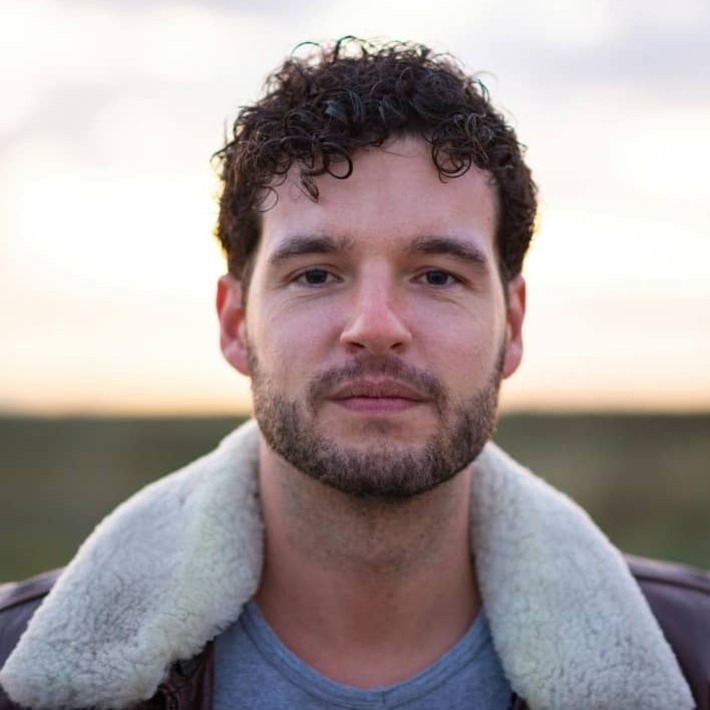
Liam Jones
Reviewer
Liam Jones has made it his mission to prove that adventure doesn’t need a hefty budget. Having traveled to over 40 countries, he specializes in finding affordable ways to experience the world, from the best street food in Bangkok to hidden gems in Lisbon.
Liam’s travel tips have reached thousands of readers, empowering them to see the world on a shoestring budget without sacrificing quality. With a deep passion for local cultures, he continues to share his travel hacks, ensuring adventure remains accessible to all.
Latest Articles
Popular Articles
